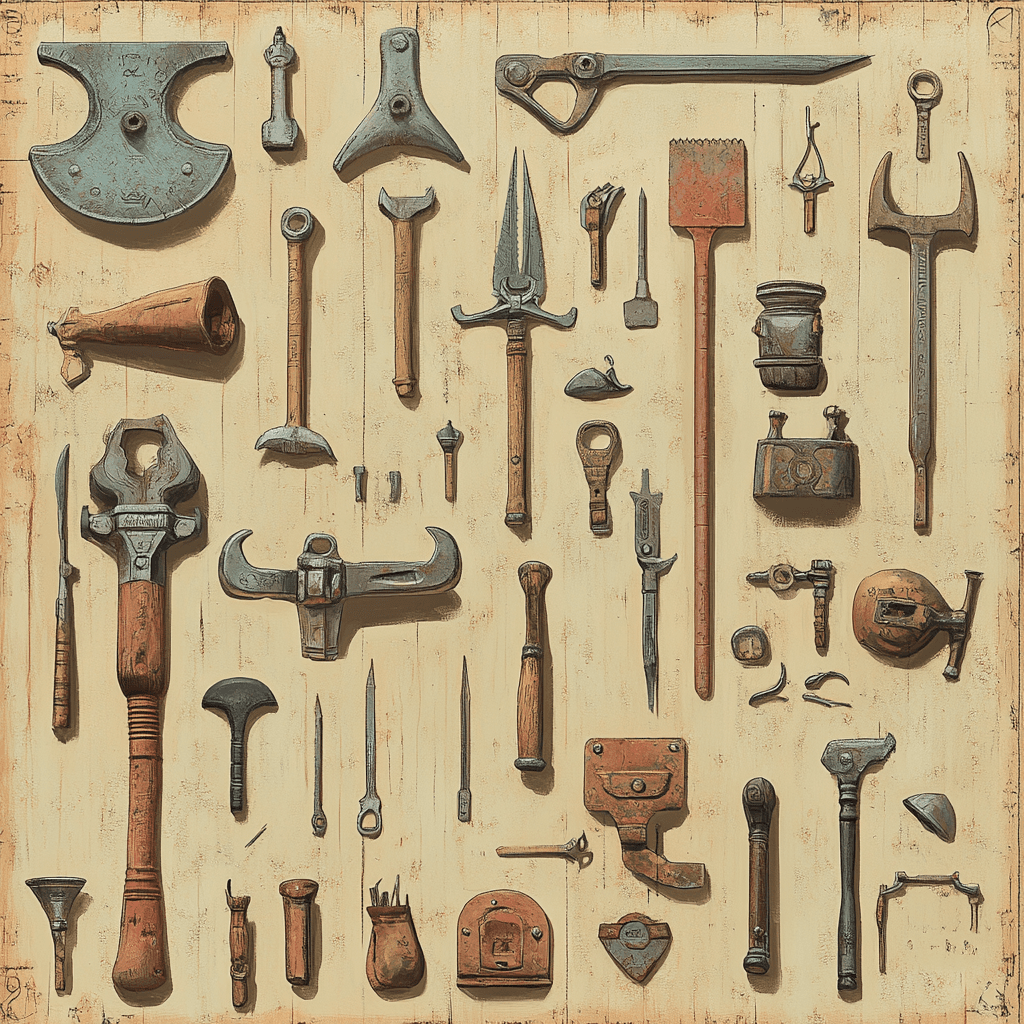
MCP Servers Explained: What They Are, How They Work, and Why Cline is Revolutionizing AI Tools
Discover what MCP servers are and how they work. Learn how Cline leverages Model Context Protocol (MCP) servers to revolutionize AI tool integration and development. Read on for in-depth insights!
I was at CodeGen Night in San Francisco on Tuesday and had a chance to talk with some Cline power users about MCP (Model Context Protocol) servers. These were sophisticated developers who'd heard of MCP but weren't using it because they weren't fully sure how it worked or why it mattered.
This conversation made me realize something: If even power users don't fully grasp MCP servers, we need a better way to explain them. So let me break this down once and for all, in the simplest possible terms.
What Are MCP Servers and How Do They Work?
Think of pre-MCP Cline like a computer without internet—powerful but isolated. Adding MCP is like not just giving it internet access, but also an app store where each new app gives it new capabilities. But here's where it gets interesting: Cline can actually create new apps for itself.
MCP servers are like smart adapters between AI and tools. Traditional APIs require exact commands in exact formats—like having to memorize specific incantations to make things work. MCP servers, on the other hand, provide a flexible interface that lets AI understand and use tools more naturally.
The Mechanics Under the Hood
An MCP server is like a menu of tools, where each tool is carefully described so AI can understand how to use it. For example, when you look at a Notion MCP server, you'll find tools like create_database or query_database. Each tool includes:
- A Name: What it's called.
- A Description in Natural Language: What it does.
- A Schema: Defines exactly what information it needs.
- The Actual Code: That makes the API calls.

When Cline wants to create a database in Notion, here's the process:
- Discovery:
The MCP server tells Cline what tools are available. - Selection:
Cline sees a tool likecreate_databasealong with its description. - Specification:
The server tells Cline exactly what information it needs (for example, where to create it, what to name it). - Execution:
Cline provides that information in the right format, and the server takes care of making the actual API calls to Notion.
Note: You still need API keys and proper security. MCP isn't magic; what makes it special is that it creates a standard way for AI to discover and use tools without having to learn the specifics of every API.
A Mind-Blowing Example of MCP in Action
Two months ago, when we first added MCP support to Cline, I witnessed something that completely changed my understanding of what's possible with AI tools. Here's what happened:
- Step 1:
Cline read a README file explaining how to build a Notion MCP server. - Step 2:
It actually built the server itself and added it to its toolkit. - Step 3:
When it first tried to add something to a Notion database, it got the schema wrong. - Step 4:
Instead of failing, it recognized the error, understood what the correct schema should be, and fixed it. - Step 5:
Then it completed the task successfully.
This was the moment I realized what makes MCP truly special—it’s not just about connecting to tools; it's about making those connections smart and flexible enough that AI can understand them, use them, and even debug them.

Why MCP Servers Are a Game-Changer
When Anthropic released MCP two and a half months ago, it was a promising standard. But just two months ago, when we added MCP support to Cline, we didn't just implement it—we reimagined what it could do.
While other AI assistants are just now starting to add basic MCP support, Cline is already building its own MCP servers. Think about that for a moment: an AI assistant that can read documentation or natural language requirements and create new tools for itself.
Each new MCP server is like adding a new capability to Cline's toolkit. Unlike traditional integrations where developers must build everything manually, Cline can create these tools itself. More importantly, these capabilities become part of a growing ecosystem that all MCP-compatible AI tools can use.
The Future MCP Enables for AI Tool Integration
Remember when web browsers first came out? They gave us a universal way to interact with information online. MCP is doing the same thing for AI—providing a universal way for AI tools to interact with software. And Cline is enabling this movement.
Imagine AI tools that can:
- Integrate with Your Company’s Internal Tools:
Allowing secure, seamless access to internal data. - Learn New Applications Automatically:
By exploring and interfacing with various APIs without manual intervention. - Adapt to Tool Changes Instantly:
Without needing constant updates. - Work with Any Software Supporting MCP:
From Notion and GitHub to any custom tool you build.
While others are just starting to use MCP as a way to connect AI to tools, we see it differently. With Cline, MCP isn’t just about connecting to tools—it’s about AI that can create its own connections. Each new MCP server Cline builds not only enhances its own capabilities but also contributes to the entire ecosystem.
What This Means For You
If you're building AI tools or integrations today, MCP servers should be on your radar. They're not just another protocol—they represent a fundamental shift in how AI tools interact with software.
At Cline, we've gone all-in on MCP because we believe it's the future of AI tool integration. The ability to let AI naturally interact with tools, without complex integrations, changes everything about what's possible.
Want to learn more?
Check out our documentation on creating custom MCP servers to see just how easy it is—and explore the endless possibilities.
Frequently Asked Questions (FAQ)
What are MCP servers?
MCP servers are standardized, smart adapters that allow AI tools to discover, understand, and interact with various external APIs and services without needing custom integrations for each one.
How do MCP servers work?
They provide a menu of tools, each described in natural language with a defined schema. AI applications (like Cline) can dynamically query these servers to execute tasks such as reading files, querying databases, or creating new integrations.
Why are MCP servers important for AI development?
MCP servers streamline the way AI interacts with external tools, allowing AI systems to adapt, create, and debug integrations on the fly—making them far more flexible and capable than traditional API integrations.
How does Cline use MCP servers?
Cline not only integrates MCP servers for existing tools (like Notion or GitHub) but also has the capability to build its own MCP servers by reading documentation and creating new tool connections autonomously.
Conclusion
MCP servers are a fundamental innovation for AI, acting as the universal connector between AI and the vast world of external data and tools. By standardizing how AI interacts with software, MCP servers transform a static, isolated model into a dynamic, context-aware assistant—much like giving a computer not just internet access, but an entire app store of capabilities.
At Cline, we're harnessing MCP to revolutionize AI-assisted development. With every new MCP server, our AI becomes more capable, more adaptable, and better integrated with the tools you use every day. This isn't just another protocol—it's the future of AI tool integration.
This blog was written by Nick Baumann, Product Marketing at Cline. Follow us @cline for more insights into the future of development.
